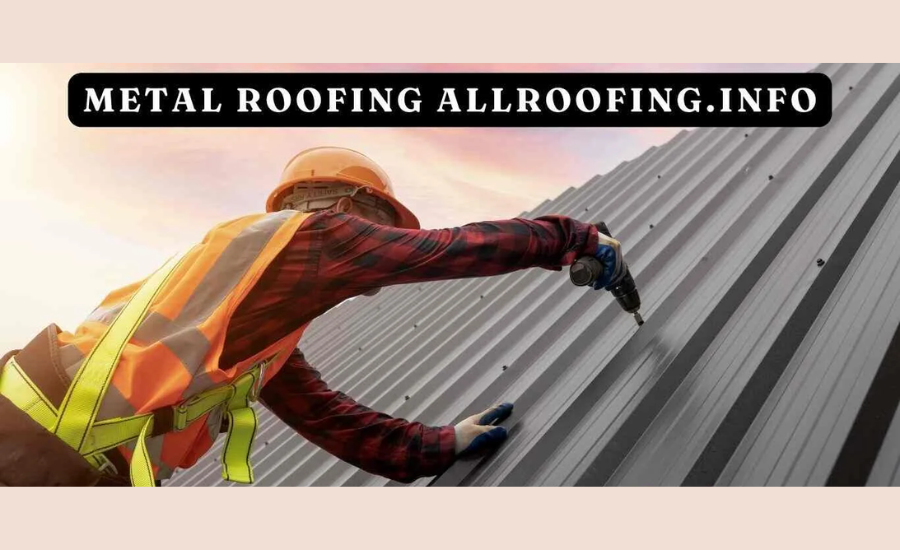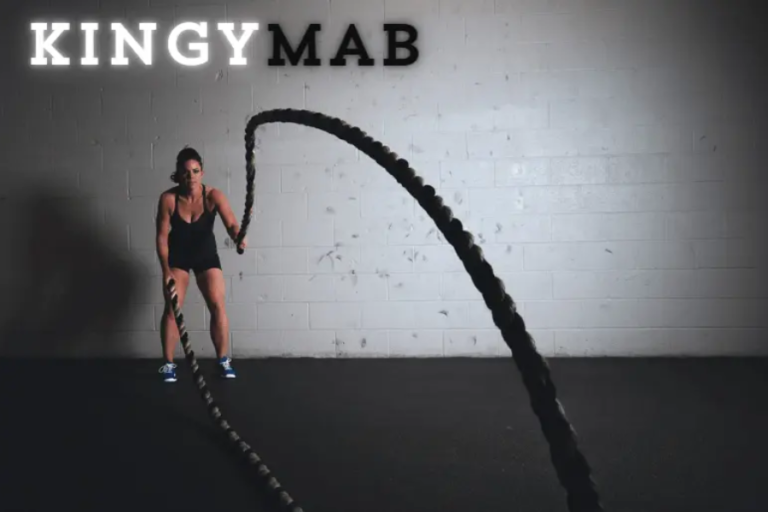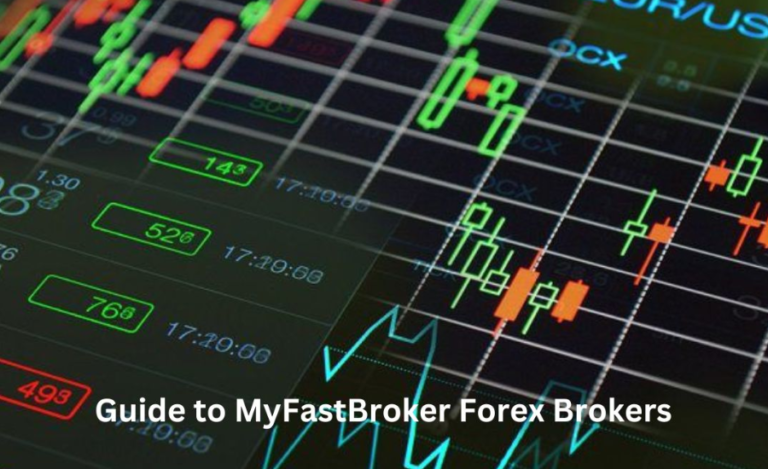Metal Roofing By Allroofing.info: The Ultimate Guide To Durable And Stylish Roofing Solutions
Metal roofing has become a popular choice for residential and commercial properties due to its versatility and durability. Known for its long lifespan, energy efficiency, and attractive appearance, metal roofing is favored by many property owners. This comprehensive guide will explore the advantages, various types, installation procedures, and maintenance tips for metal roofing, providing you with the knowledge needed to make an informed decision.
Advantages Of Choosing Metal Roofing
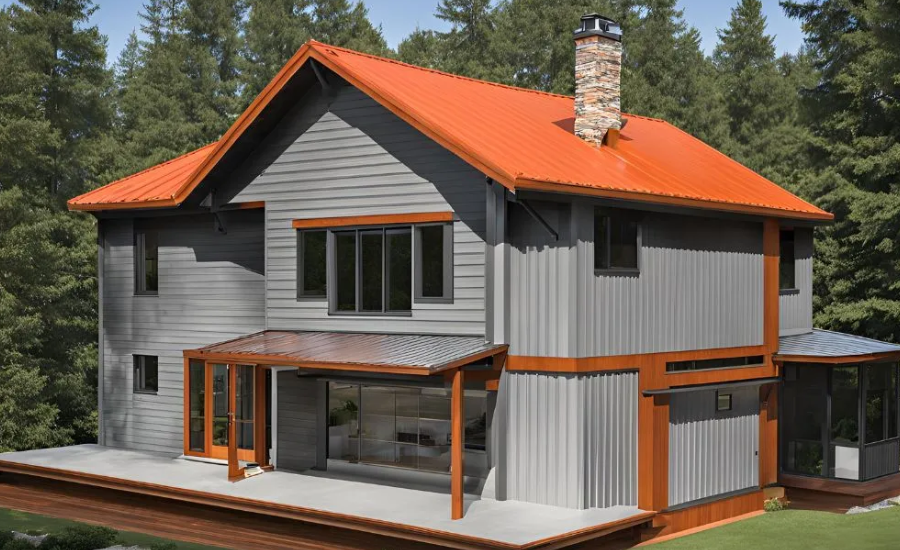
Metal roofing provides a host of benefits that make it a compelling choice for various building types. Key advantages include:
Exceptional Durability And Longevity: Metal roofs have an impressive lifespan, lasting between 40-70 years depending on the material used. They are highly resistant to cracking, shrinking, and erosion, and can endure extreme weather conditions such as heavy snow, strong winds, and even fire.
Superior Energy Efficiency: Metal roofs are excellent at reflecting solar radiant heat, which can reduce cooling costs by 10-25%. Additionally, they offer superb insulation, helping to maintain a stable temperature inside the building.
Eco-Friendly Option: Often crafted from recycled materials, metal roofing is an environmentally conscious choice. At the end of its long life, the material can be recycled again, further contributing to environmental sustainability.
Wide Range Of Aesthetic Options: Metal roofing comes in a variety of styles, colors, and finishes. It can replicate the appearance of traditional shingles, slate, or tile, offering flexibility in design to match any architectural style.
Minimal Maintenance Requirements: When properly installed, metal roofs require very little maintenance compared to other roofing materials. They are naturally resistant to moss, mildew, and insect infestations, ensuring they remain in good condition with minimal effort.
Exploring Different Metal Roofing Options
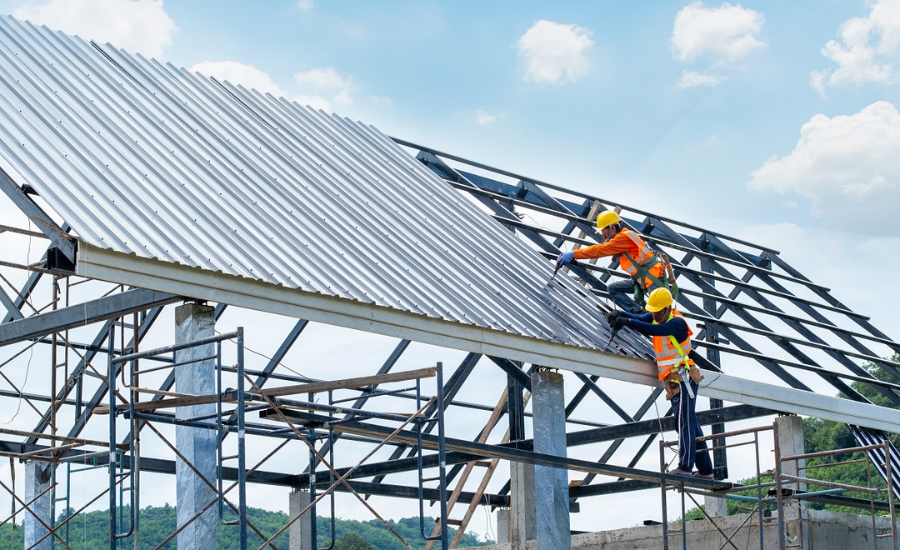
Metal roofing comes in various materials, each with its own set of advantages:
Steel Roofing: Galvanized steel and galvalume steel are popular choices, treated with a coating to prevent rust. Steel roofing is known for its durability and is more affordable compared to other metal options.
Aluminum Roofing: This material is lightweight and resistant to corrosion, making it perfect for coastal areas with salty air. Aluminum roofs are also energy-efficient, effectively reflecting heat.
Copper Roofing: Copper roofs are celebrated for their long lifespan and unique look, which evolves into a green patina over time. Although copper is pricier, it offers exceptional durability and aesthetic appeal.
Zinc Roofing: Zinc roofing is durable and self-healing, meaning it can naturally repair scratches and minor damages over time. It boasts a long lifespan and is an environmentally friendly option.
Tin Roofing: Historically popular, tin roofs today are generally made from steel coated with tin to prevent rust. While not as common now, they offer a nostalgic appeal and reliable performance.
Metal Roof Installation Guide
Ensuring proper installation is essential for the optimal performance and longevity of a metal roof. The typical installation process includes the following steps:
Preparation: Begin by inspecting the existing roof and making any necessary repairs. Clean and prepare the roof deck to ensure it’s ready for the new metal roofing.
Underlayment: Install a waterproof underlayment to provide an additional layer of protection against moisture.
Installation Of Metal Panels Or Shingles: Start from the bottom edge of the roof and work upwards, installing metal roofing panels or shingles. Secure them tightly using screws or clips to ensure a snug fit.
Flashing And Trim: Install flashing around roof penetrations, such as chimneys and vents, as well as along edges to prevent water infiltration. Add trim pieces to give the roof a finished and polished appearance.
Final Inspection: After the installation is complete, conduct a thorough inspection to check for any gaps, loose fasteners, or other issues that need to be addressed.
Metal Roofing Maintenance Guide
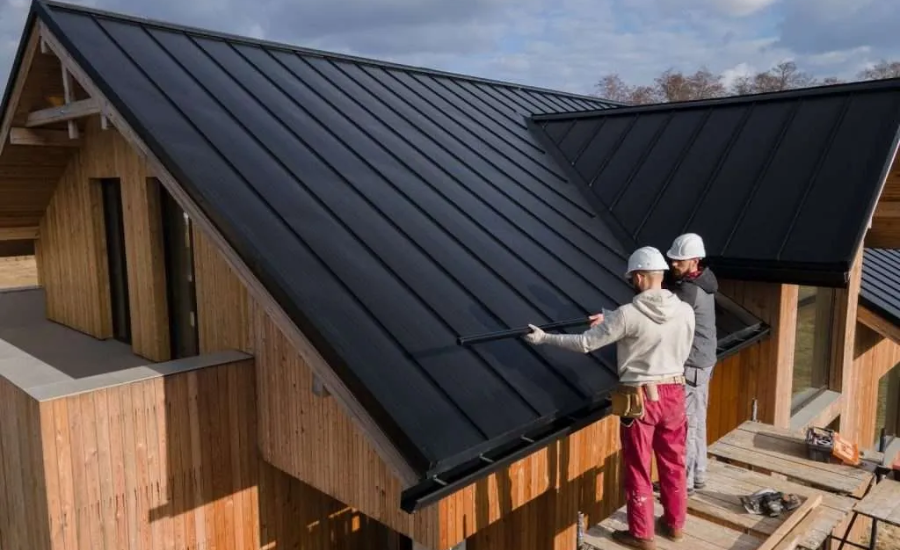
Although metal roofs are generally low-maintenance, regular upkeep is crucial to maximize their lifespan and keep them looking their best. Here are some essential maintenance tips:
Regular Inspections: Perform bi-annual inspections, particularly after severe weather events, to identify any damage or loose fasteners.
Cleaning: Clear away debris, leaves, and branches from the roof surface and gutters to prevent water accumulation and potential damage.
Rust Management: Inspect steel roofs for rust and address any affected areas immediately. While aluminum, copper, and zinc roofs are less susceptible to rust, they should still be routinely monitored.
Repainting: Depending on the metal type and coating, repainting may be needed every 10-15 years to preserve the roof’s appearance and protective properties.
Professional Maintenance: Engage professional roofers for thorough inspections and maintenance, ensuring all issues are properly resolved.
FAQs About Metal Roofing
Q: What is the lifespan of metal roofs?
A: Metal roofs can last between 40-70 years, depending on the material and how well they are maintained.
Q: Do metal roofs offer energy efficiency?
A: Yes, metal roofs are designed to reflect solar heat, potentially lowering cooling costs by 10-25%. They also provide excellent insulation, helping to maintain a consistent indoor temperature.
Q: Are metal roofs an environmentally friendly option?
A: Yes, metal roofing is often made from recycled materials and is fully recyclable at the end of its life, making it an eco-friendly choice.
Q: What types of metal roofing are available?
A: There are several types including steel, aluminum, copper, zinc, and tin. Each type offers unique benefits such as durability, resistance to corrosion, and varied aesthetic options.
Q: What kind of maintenance do metal roofs require?
A: Metal roofs are low-maintenance. Regular inspections, cleaning, and occasional tasks like repainting or rust management will help keep them in top condition.
Q: How do metal roofs perform in extreme weather?
A: Metal roofs are highly resistant to extreme weather conditions like heavy snow, strong winds, and fire, making them a reliable choice for various climates.
Q: What steps are involved in installing a metal roof?
A: The installation process includes preparing the roof deck, applying a waterproof underlayment, securing metal panels or shingles, installing flashing and trim, and conducting a final inspection to ensure proper installation.
Conclusion
Metal roofing is an excellent choice for both residential and commercial properties due to its durability, energy efficiency, and aesthetic flexibility. With various materials like steel, aluminum, copper, zinc, and tin to choose from, there’s a metal roofing option for every need and preference. Proper installation and regular maintenance are essential to maximize the benefits and longevity of your metal roof. Whether you prioritize sustainability, resilience against harsh weather, or simply a beautiful roofing solution, metal roofing is a reliable and long-lasting investment.
Stay in touch for more updates and alerts visit: Vents Home!
